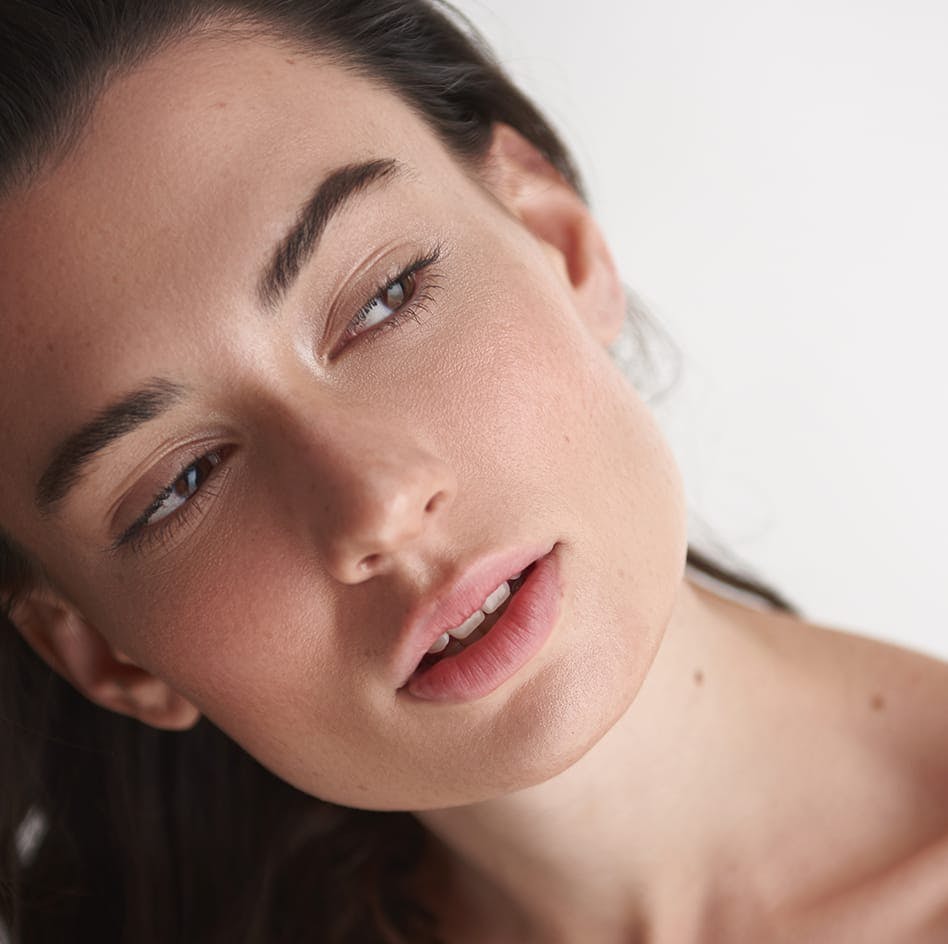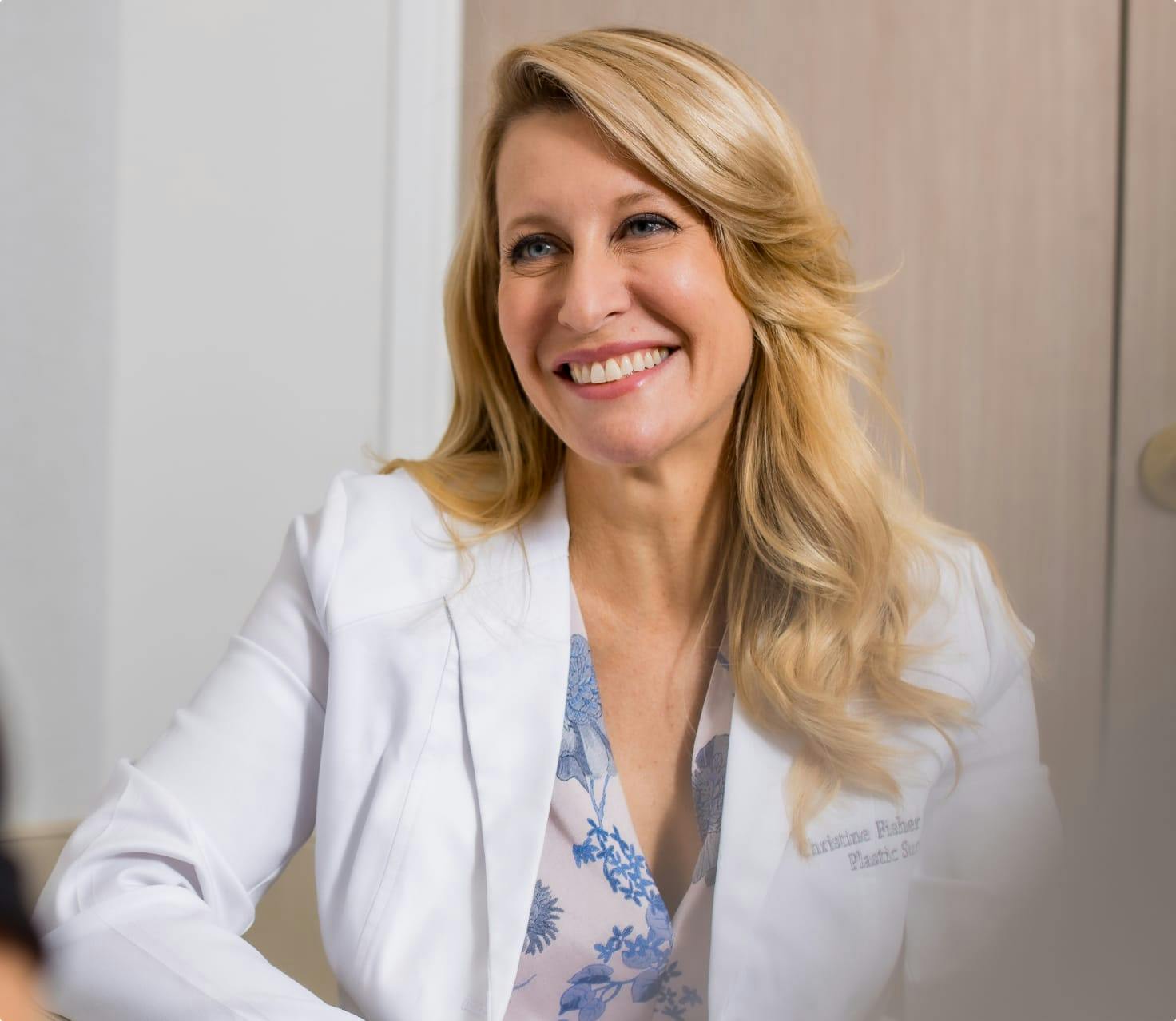PRP hair restoration therapy is a quick and simple treatment that can stimulate your hair follicles to help restore your thick, luscious head of hair.
PRP (platelet-rich plasma) therapy is a treatment that has been used by professional athletes for many years to help speed up the healing process after surgery or injury. Platelet-rich plasma is plasma from the blood containing a high concentration of platelets, which are rich in growth factors and healing mechanisms.
Growth factors are the messengers in the body, signaling cells to perform various functions. That’s why platelets are so important for wound healing, as they initiate new tissue growth. By putting the healing power of PRP to work in the scalp, the growth factors help to activate hair follicles that have begun to spend more and more time resting. This allows these follicles to produce thick, healthy hair.
During the PRP hair restoration therapy treatment, platelet-rich plasma is extracted from the patient’s own blood before being injected directly into the scalp. Then, over time, it encourages the hair follicles to spend more time in the growth phase of the hair lifecycle. It also helps follicles that have recently moved into dormancy return to active growth.










